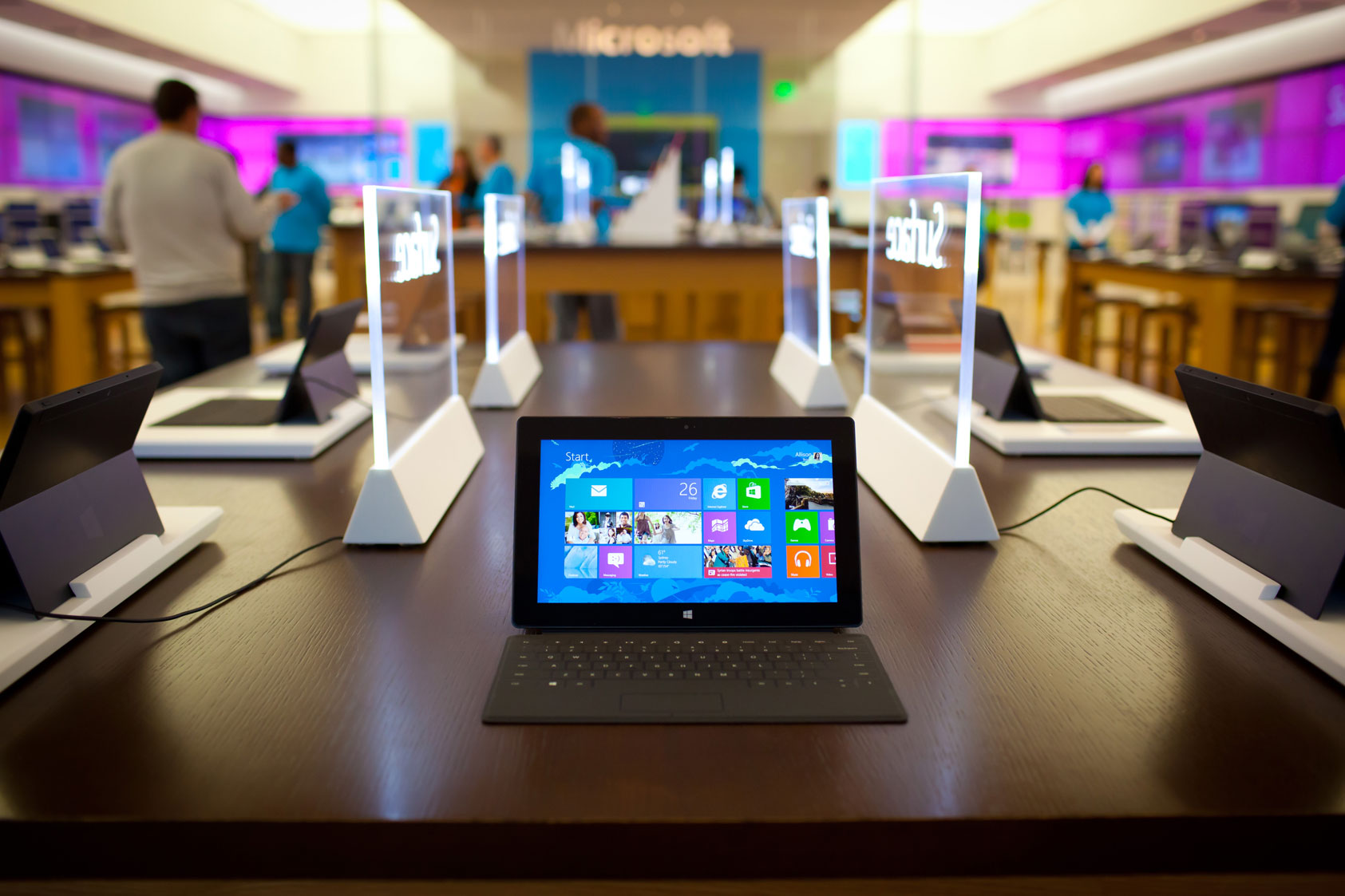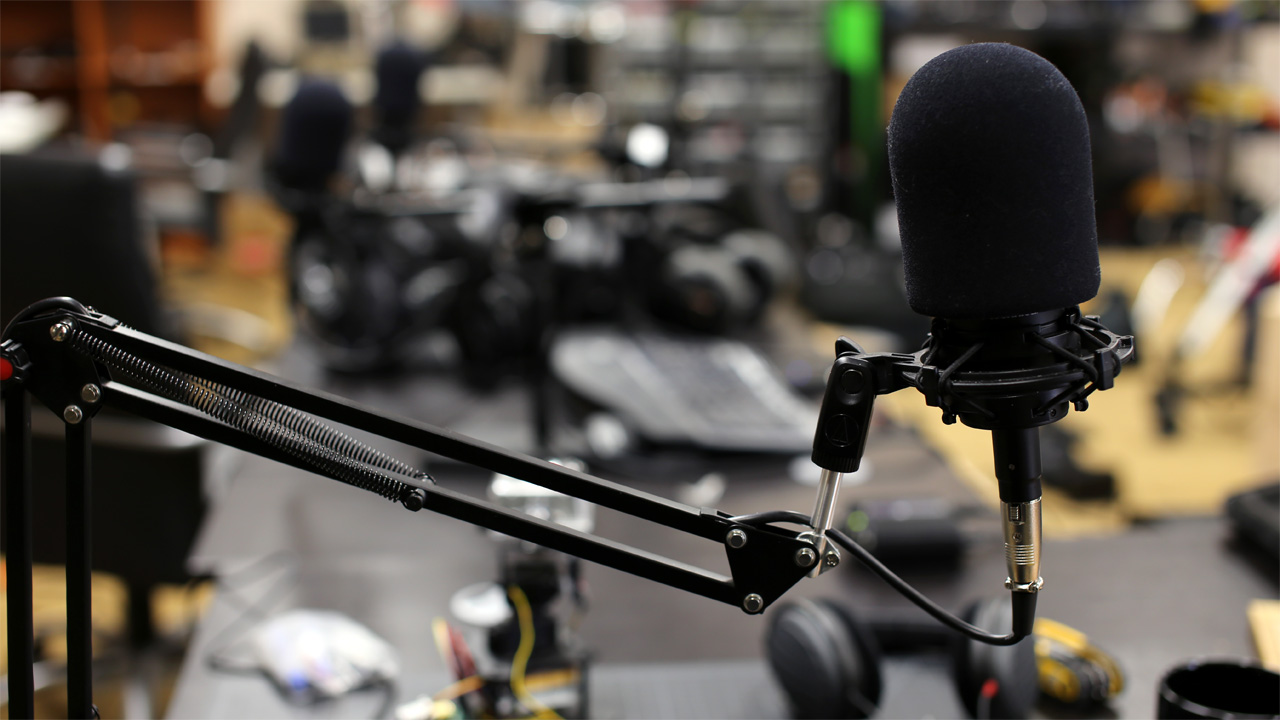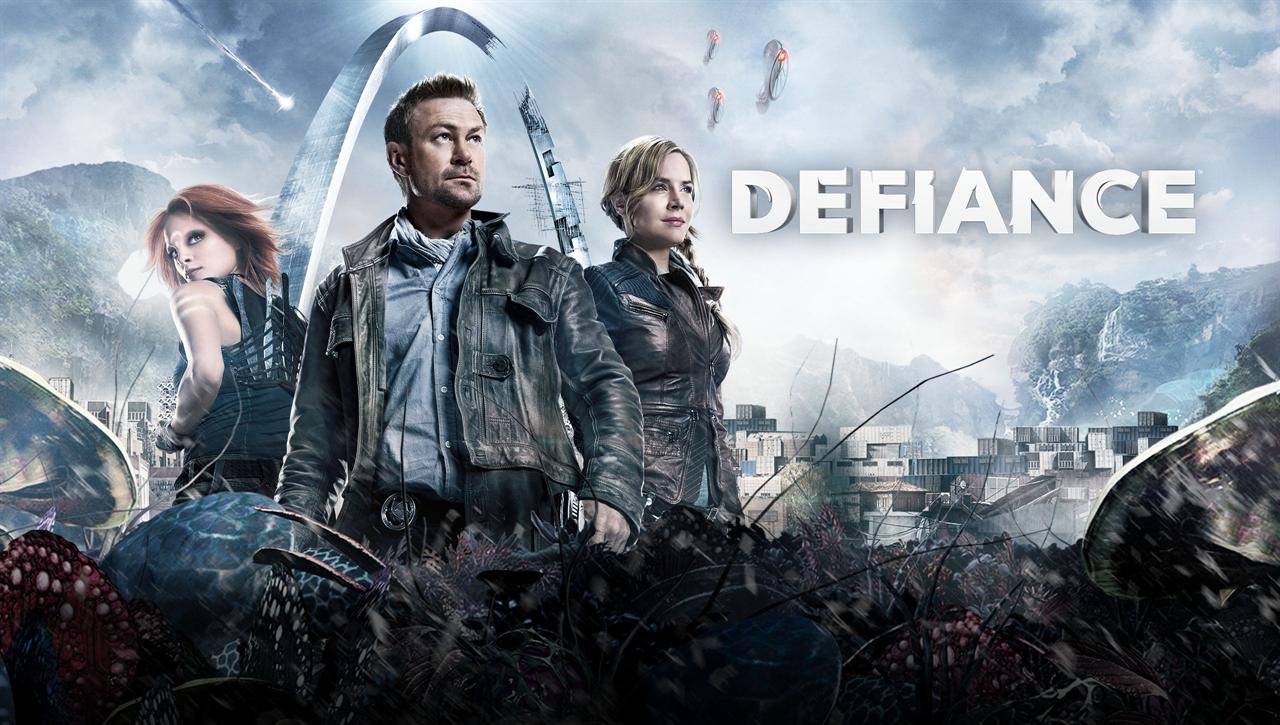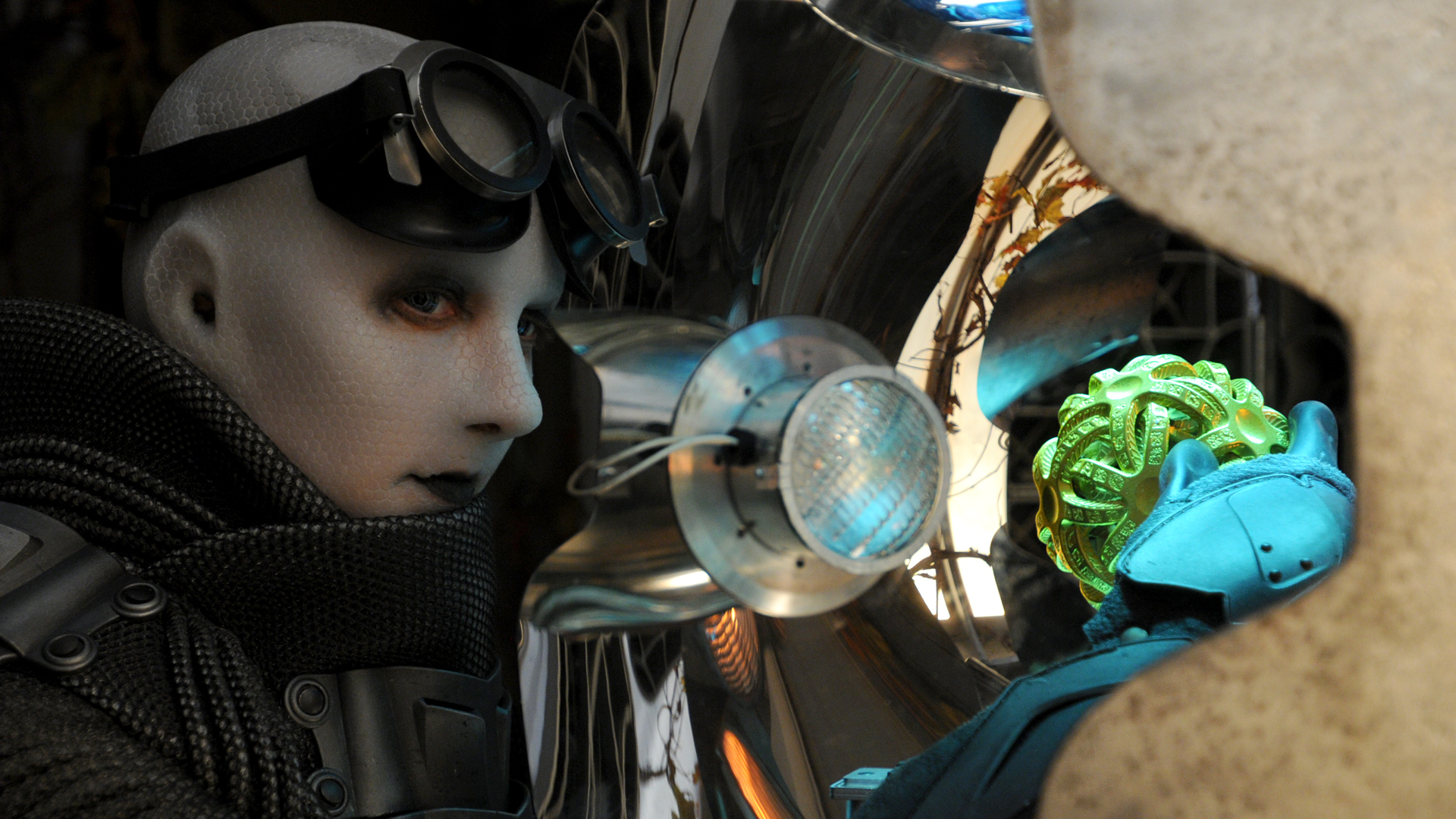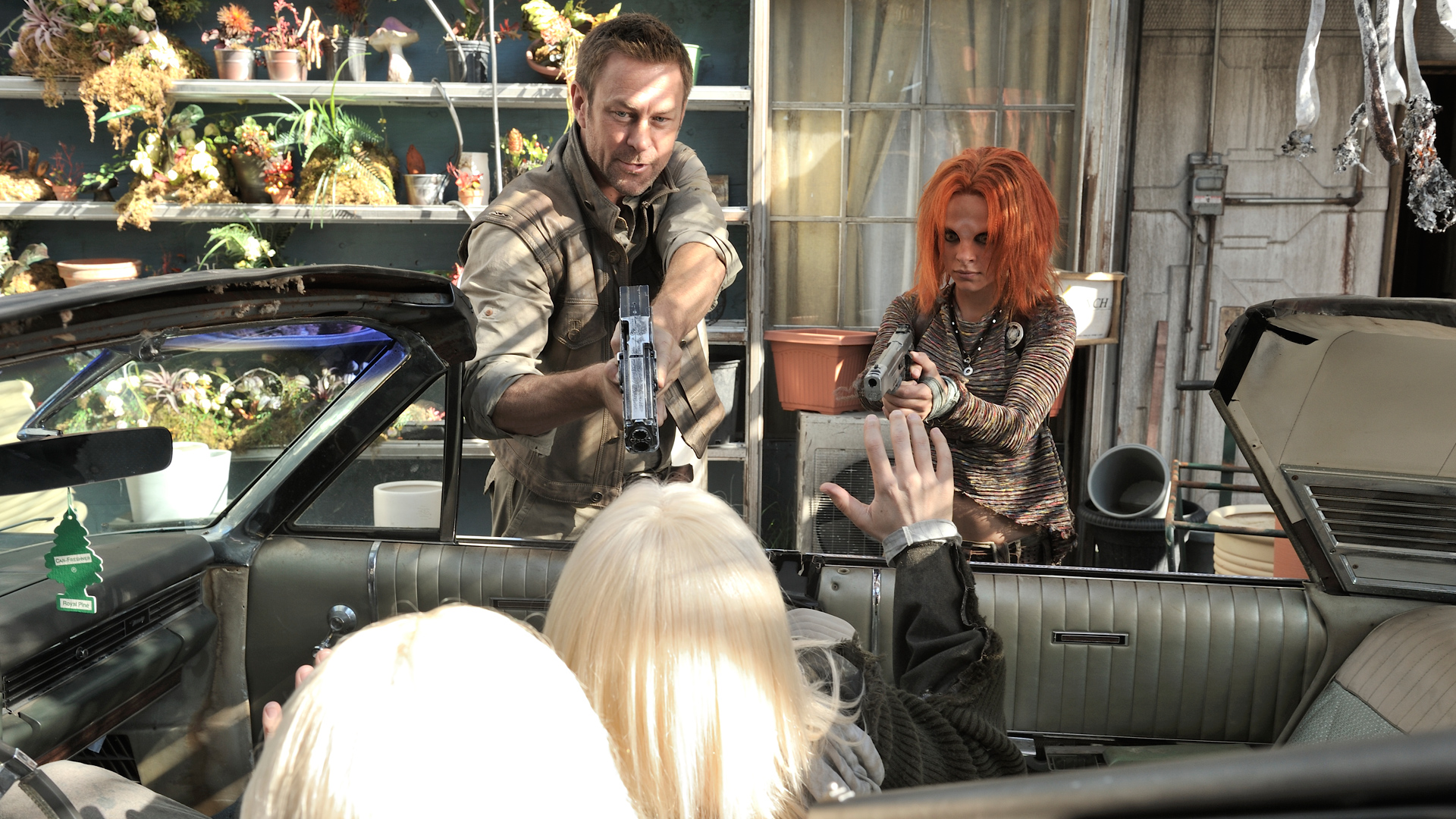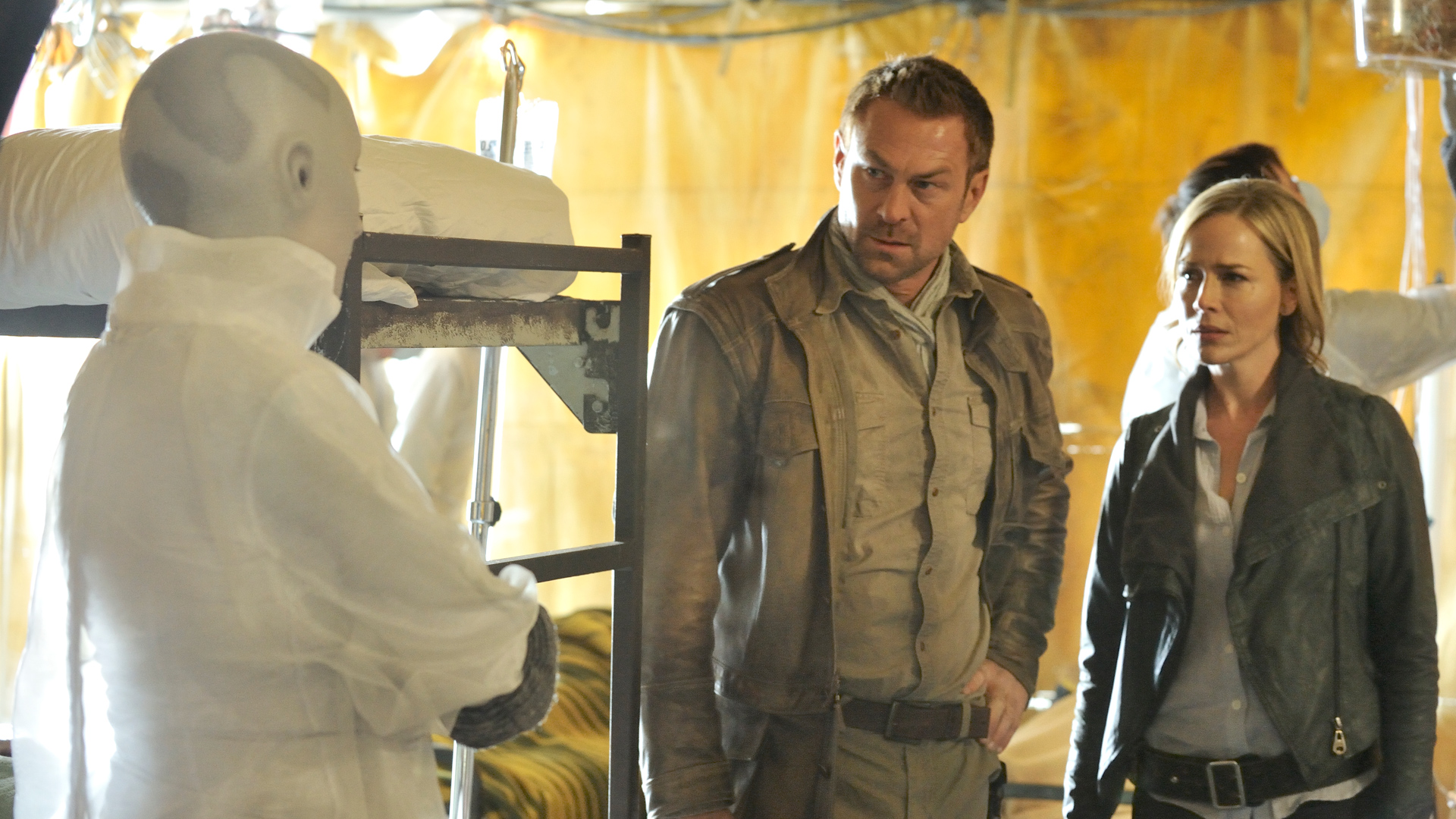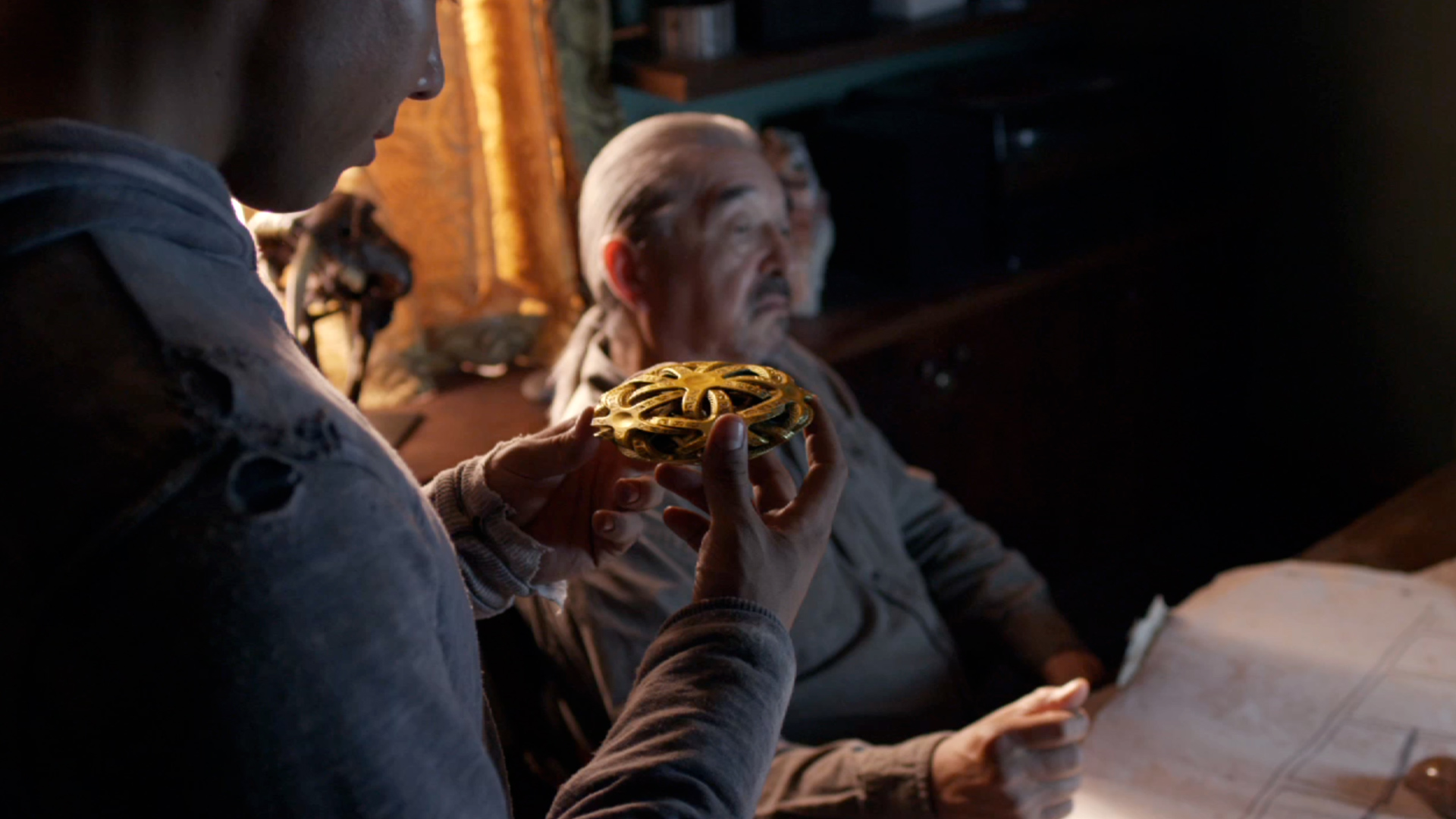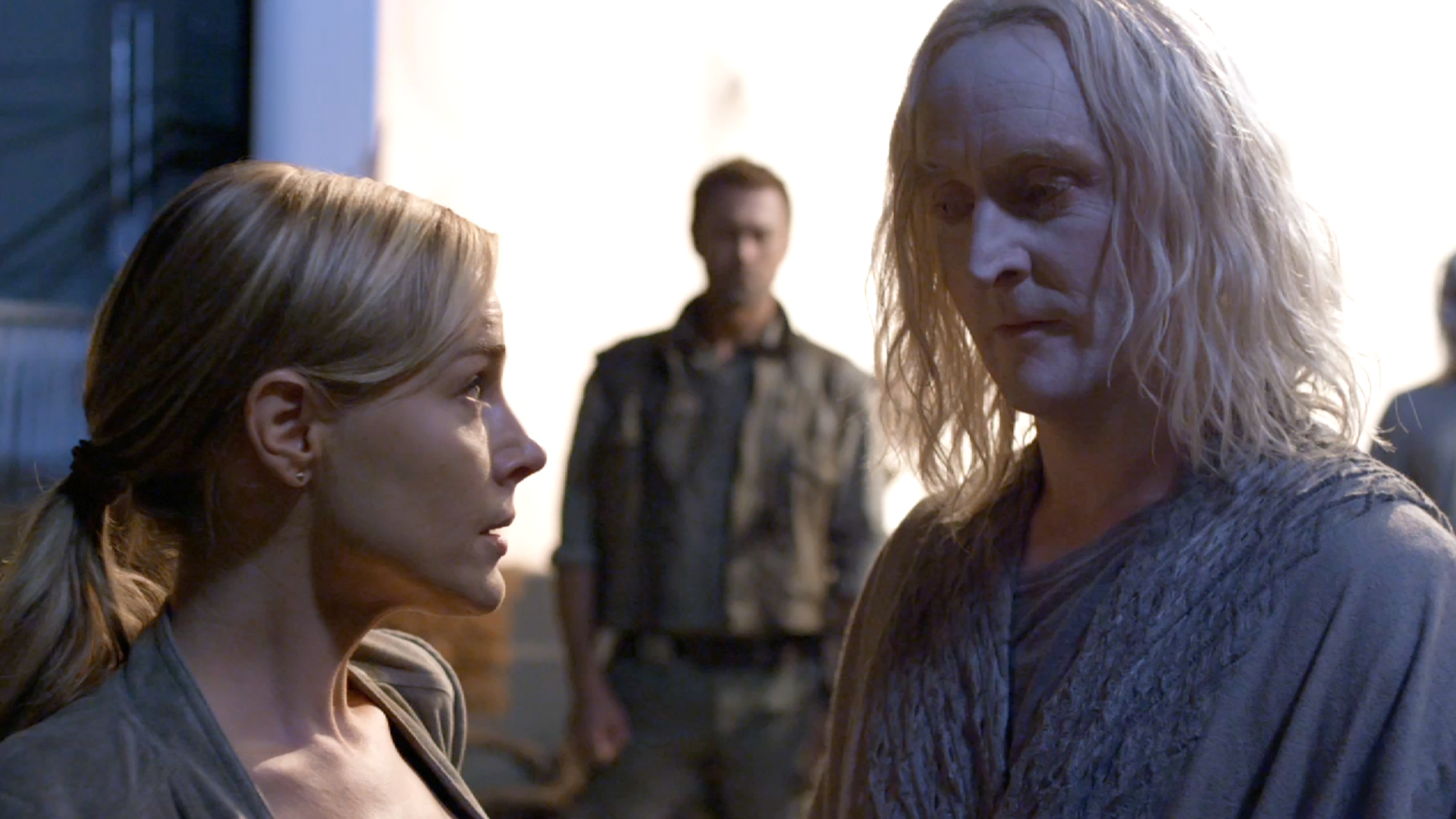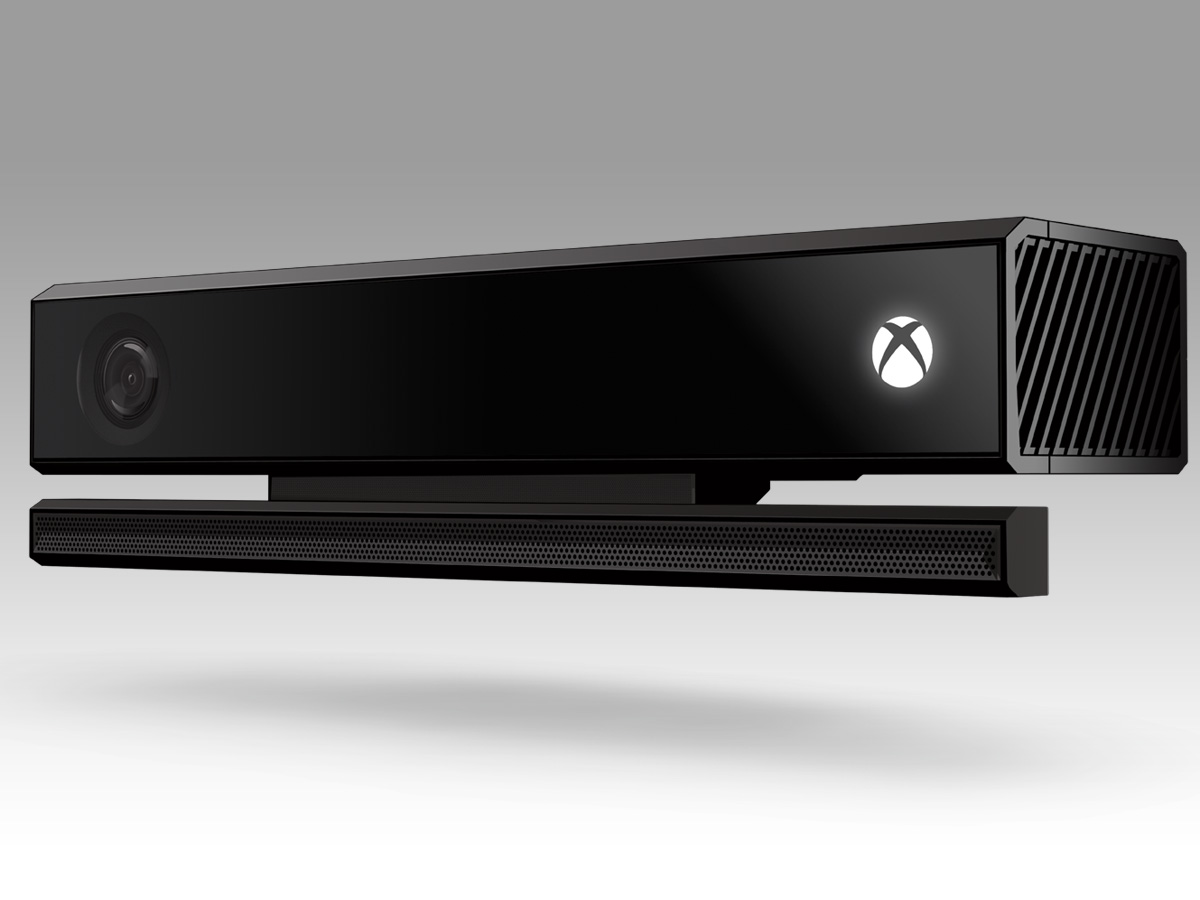 Why not kill Kinect? Recently the question was posed to me, “Do you think Microsoft would ever sell the Xbox One without the Kinect?” At the time I was firmly adamant that Microsoft would never do such a thing, stating that they have gone all-in on Kinect on the Xbox One. In that same discussion, we talked about the Nintendo Wii-U and the added expense that Nintendo ensues on the Gamepad, which we decided hadn’t been taken advantage of nearly enough. I then raised the idea of Nintendo selling the Wii-U sans Gamepad. I was quickly put in-check as to why I thought Nintendo could sell the Wii-U without the Gamepad, and Microsoft could not sell the Xbox One without the Kinect. Obviously, this got me thinking.
Why not kill Kinect? Recently the question was posed to me, “Do you think Microsoft would ever sell the Xbox One without the Kinect?” At the time I was firmly adamant that Microsoft would never do such a thing, stating that they have gone all-in on Kinect on the Xbox One. In that same discussion, we talked about the Nintendo Wii-U and the added expense that Nintendo ensues on the Gamepad, which we decided hadn’t been taken advantage of nearly enough. I then raised the idea of Nintendo selling the Wii-U sans Gamepad. I was quickly put in-check as to why I thought Nintendo could sell the Wii-U without the Gamepad, and Microsoft could not sell the Xbox One without the Kinect. Obviously, this got me thinking.
Of course the Microsoft Kinect and Nintendo GamePad are both integral experiences to their respective systems, so much so that both companies have stated on the record, that they won’t be selling their consoles without said devices. Be that as it may, stances change.
Admittedly, the Xbox One is fairly early on in its life-cycle, and there is little data to go on. There has only been a few major titles thus far that have been positioned to be totally dependent on the Kinect—Kinect Sports Rivals, Just Dance 2014, and Zumba Fitness World Party.
In addition to the games outlined above—along with all the other games that may only marginally use Kinect’s functions—Kinect will automatically sign a user in, allow for video calling in the Skype app, can be used for working out with the Xbox Fitness app, and can even be used with the Twitch app for game streaming. All the aforementioned things are certainly nice to have, and could not exist without Kinect. Microsoft has not only packed in the Kinect for the developer guarantee, but to also take advantage of the hardware within integral functions of the Xbox itself.
In my own personal use, I do use my Kinect, and use it often. Ninety-five percent of my interaction with the device is done in the form of voice control. The other five percent is when it signs me in automatically or the occasional Skype call, which is nice, but not necessary. Also the Kinect IR blasting capabilities are pretty helpful, and is something I would miss a lot if it were gone. I don’t think I’ve manually turned on my television since setting up the console.
So again, could the Xbox One exist without the Kinect?
At this point, Kinect has been woven into the very fabric of what the Xbox One is. Without it, you are automatically cut off from certain games, apps, and integral console functions. It stands to reason that voice control could conceivably be built directly into future consoles. But even so, certain other things will be instantly lost from what makes this console unique. A Kinect-less Xbox One would alienate you from games and apps, taking away an important developer guarantee that every use will at least have the hardware.
The main reason that killing the Kinect would be a good idea would be the price of the console, but beyond that, the reasons are few. With sales trailing behind that of the PlayStation 4, there is a need to reach price-parity as soon as possible. Also the argument could be made that there hasn’t been a title that truly compels a gamer to latch onto the use of the device. That may be true, but we are only six months into this consoles life, and it’s much too early to tell whether that title will come or not.
Finally, a Kinect-less SKU would ultimately have a negative effect on the Xbox One, and I don’t see any chance of Microsoft selling the console without it. At first glance, it seems do-able, but a closer look reveals how deeply integrated the Kinect has been channeled into every aspect of this console. I’m not saying it won’t happen, but I would certainly be shocked if it does. Now about that Wii-U Gamepad…

